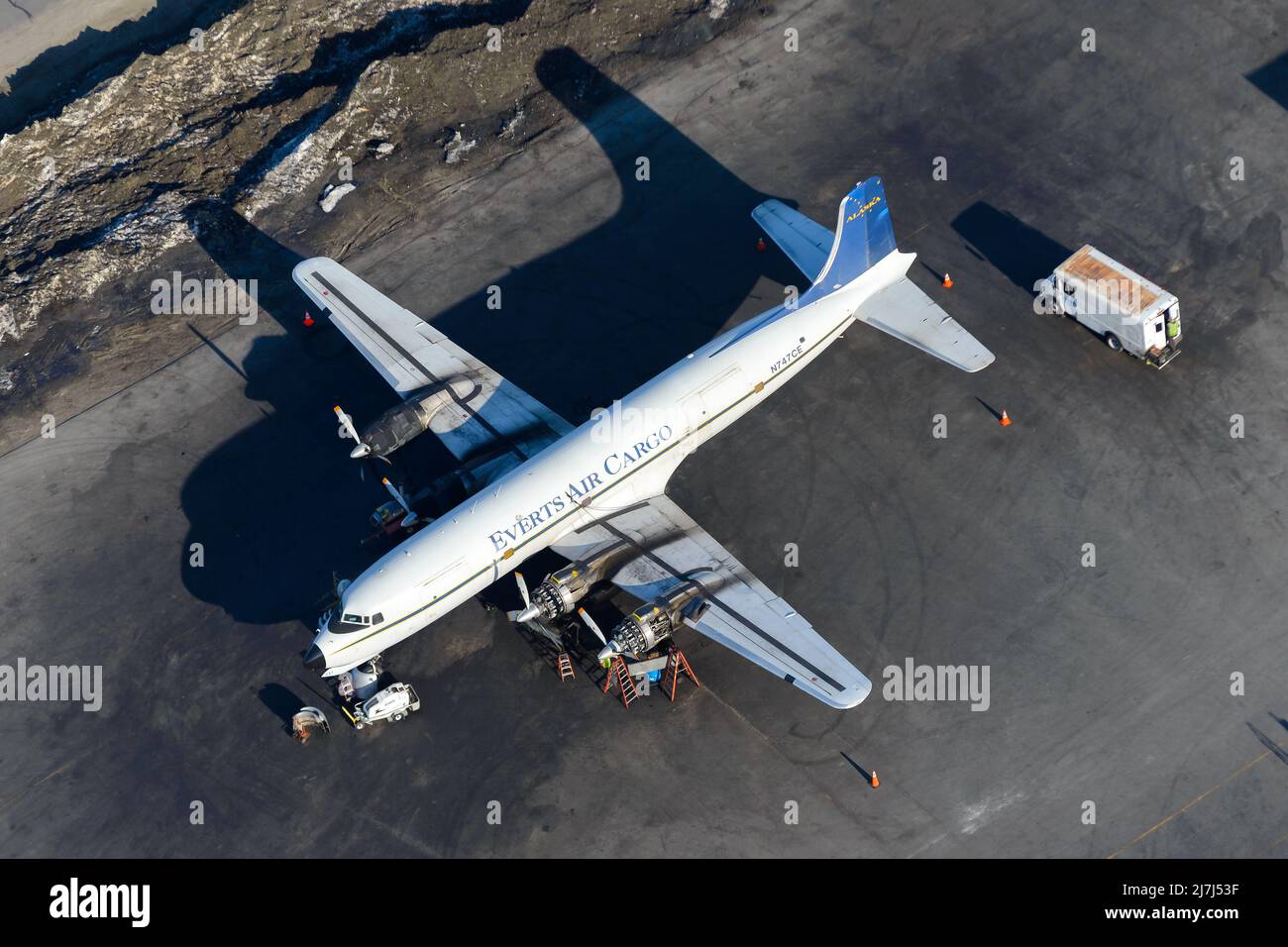C 6 Aircraft - Spotlighting allows you to share this plane with all your followers This is a great way to help new players get the recognition they deserve for their work.
If you're on a Mac, copy this plane ID to your clipboard and press CMD + L while in the designer to download this plane.
C 6 Aircraft

If you're on mobile, try requesting the mobile version of the site. You can learn more about how to do this here. If not, just click the download button for mobile below.
Caught C6 Wet Napping
This is the C-6 "Centrus". It is basically depicted as a next-generation Galaxy C-5, with a bunch of different features like new engines, winglets, a modern cockpit and more wheels that enable it to land on soft terrain.
It uses four large and super powerful Rolls-Royce Trent 900 turbofan engines and is equipped with the latest radar technology, early warning technology and projectile launch detection technology. It is also very capable of defending itself against missile approach sensors and flares.
Features realistic interior and exterior lighting, animated thrust reversers, animated flaps and SLATS, realistic speed brakes, animated landing gear and last but not least, a fully functional cockpit (tested in VR playtest) with VR capabilities.
It is also capable of air-to-air refueling using an implantable probe, which is quite easy to attach thanks to the refueling probe camera!
Aviation Photographs Of Registration: C6 Bfz
You can manage everything from the cockpit. Every function on this aircraft has a button, switch or lever to operate it, along with all the gauges and displays you need. The cockpit has a flight management computer, head-up display and an overhead panel.
It has a large cargo hold that can be accessed from both the front and rear of the aircraft.
If you can fly this plane in VR, the stick doesn't currently work with the touch controller. You can roll the plane, but the bottom base of the joystick is undetectable when you hold the actual stick. I posted a bug for the devs, so I hope it gets fixed in the future. Disclaimer - Most of this work is not original work by Noronica, but by Franco Albion/Gudao/Albion Invicta. The original creator, due to his absence in the region, wishes to continue these creations and has licensed me to transfer them to the regional canon. I by no means pretend that this is my original work, but I have edited it to suit my submission style and canon.

The C-6/12 Peliachon is a Naronian medium/long-range STOL military transport aircraft designed by Hunter Defense Systems in the mid-1990s and developed to be capable of VTOL performance. The Peliachon is a Nornican military transport aircraft serving with the United Nornican Forces Air Force.
Aaid: Brake System Failure Led To Plane Skidding Off Runway Into Perimeter Fence
In 1988, the Nicaraguan Air Force began work on a series of prototype proposals, which would lead to a proposal for a medium-range transport aircraft. Buoyed by the successful deployment of the Albatross, it was clear that Hunter Defense Systems was in for a winning combination, able to design and manufacture military cargo aircraft. Proposals for other transport aircraft were submitted by several companies across the region, but only the Pelion design for the Hunter Defense System reached the stage of final selection. The prototype of the Hunter defense system was designated C-6/1.
The HDS design incorporates a supercritical wing. This wing design dramatically reduces transonic wave drag by up to 30% compared to more conventional profiles, while providing excellent low-speed lift. Most contemporary aircraft use swept wings to reduce wave drag, but this leads to poor handling at low speeds, making them unsuitable for STOL operations.
The design team also chose to use externally flared flaps to increase lift. This system uses double slotted flaps to direct the exhaust portion of the jet downwards, while the rest of the exhaust passes through the flaps and follows a downward curve due to the Coanda effect. Although the effects were studied for some time at GDB, with similar concepts, until the introduction of the turbofan, hot and condensed exhaust from existing engines made it difficult to use the exhaust system. During the C-6/1 project, the engines were greatly modified and now provided much cooler, less condensed air.
From the early days of its design, it was clear that the aircraft would have a shoulder-mounted wing and a long T-tail. To meet the strict requirements of the Naronican Air Force, the rear fuselage had to be raised to allow installation of loading doors and a ramp.
Loughead And The Alcor C 6 1 Jr. Transport
To power the aircraft, four HDS BS.300v Cyclone turbofan engines with thrust vectoring nozzles were mounted on pylons under the wings, which featured boundary layer control with flaps, leading edge and ailerons. It was decided to use vector-pulse technology. The tricky problem was that it had never been applied to a large aircraft before. With the first tests conducted in 1996, it took the company nearly two years to perfect the design and engine layout – allowing the prototype to take to the skies in 1999.
Buoyed by its success, HDS experimented with a VTOL system - but unfortunately, this affected the aircraft's weight and range. However, by changing the layout of the exhaust nozzles (two open and one closed under the engine), they found it possible to fly close to VTOL - making the already practical aircraft suitable for a wide range of situations.
Before the final configuration and installation of the Cyclone engine, two C-6/1s were built: one with a 33 m wingspan and the other with a 40 m wingspan. The purpose of these first prototypes was to test the feasibility of shortening the wings for maneuvering on the deck of an aircraft carrier. Both aircraft were powered by four lower-rated HDS Cyclone engines, each rated at 15,500 lbf (68.9 kN) thrust. The short-span aircraft was found to perform well at speed but became very unstable in VTOL mode - causing the prototype to crash very quickly. The prototype was badly damaged in testing; Fortunately, the test pilot and crew survived without any casualties. It was therefore decided to scrap a "navalized" proposal and HDS continues to advise against landing aircraft at sea - although, with improved engines, it is theoretically possible.

Naronica Air Force demonstrated the skills and training of its pilots during a simulated disaster exercise, in which a pair of C-6/8s landed on the larger helipad of an abandoned oil rig in a simulated incident that required evacuation. Both aircraft were able to take turns landing on the pad, while the other aircraft hovered or flew horizontally.
Aircraft C6 Cdf (vulcanair P 68c C/n 449/c) Photo By Florida Metal (photo Id: Ac315796)
After receiving numerous orders from various countries in the region, the designers of the Hunter Defense System constantly tried to update the aircraft, especially by upgrading avionics and flight controls. However, as the concept continued to sell well in the international market, HDS began to develop numerous variants both at the request of individual nations and through private initiative – all of which have been warmly received over the years.
"Raincloud" (2011) - At the request of several foreign companies and nations, a fire-fighting version was created - fitted with an enclosed water tank in the aircraft's cargo hold and a retractable water scoop - allowing the aircraft to fill with water from the base or a lake or sea. collection Upon request, an optional filter can be added to the scoop to prevent inhalation of marine animals during excavation operations.
"C-6/12" (2014) - The latest version of the Peliachon features fly-by-wire control, using fiber optic cables in an active, redundant system to help increase response time - which, combined with a computer digitized flight, allows Airplanes are easier to fly than previous generations. The engines have also been updated using 3D printing to manufacture a significant portion of the components.
"Thundercloud" (2015) - Taking inspiration from the AC-130 Specter gunship, HDS offers a heavily armed, long-endurance ground-attack variant version of the Pelican transport aircraft. Offering a variety of weapons packages, the aircraft can be armed with high-caliber 105 mm cannon, 40/30 mm autocannons and Gatling/miniguns, as well as wing-mounted anti-tank missiles and smart or dumb bombs.
De Havilland Canada Dhc 8 311 Dash 8
"Global-Pelican" (2017) - HDS designers found that by enlarging the aircraft, they were able to create a variant with a much higher payload capacity. still retains its STOL capability; The Global-Peliachon features the improved HDS Cyclone-C40 engine, 440 lbf (180 kN) engine, a longer hull (53 m) and extended wingspan (52 m). These modifications allowed the aircraft to carry 80% more loads than the standard Pelican, increasing its capacity to 60,500 kg; While its range has increased to just over 10,000 km - it is comparable to the C-17 Globemaster. HDS found that despite its best
Canon c exv 49, c&d aircraft heaters, c 5 galaxy aircraft, b 49 aircraft, aircraft c check, c 47 aircraft, c thru music axis 49, c 141 starlifter aircraft, 49 inch monitor usb c, p 49 aircraft, c 130 military aircraft, marine aircraft group 49


0 Comments